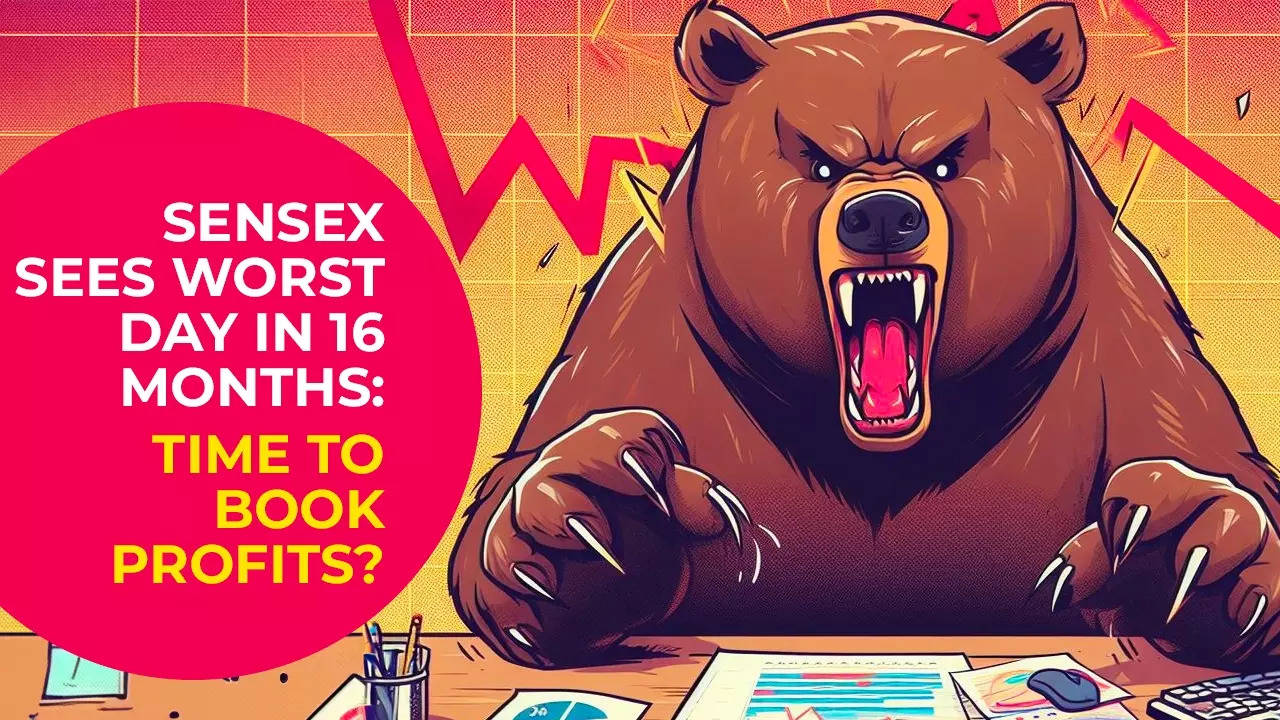The decline in both BSE Sensex and Nifty50 can be attributed to HDFC Bank, with more than half of the drop being attributed to the heavyweight bank. Investors were disappointed with the flat net interest margin (NIM) at 3.4%, despite the wearing away of the impact of the ICRR and the draw-down of surplus liquidity.
Nifty Bank also experienced a significant crash of 4%, impacting banks such as Kotak Mahindra Bank, ICICI Bank, IDFC First Bank, Axis Bank, Federal Bank, and AU Small Finance Bank, all of which fell between 2-4%.
Additionally, other financial stocks and PSU banks faced bear pressure, while metal stocks plunged due to concerns over demand from China.
The selloff also affected smaller stocks, with mid and smallcap indices falling by 1% each. However, Nifty IT and Nifty Media remained unaffected by the market fall.
According to Naveen Kulkarni, Chief Investment Officer, Axis Securities PMS, the current decline in the market is primarily driven by banks, influenced by the recent results of HDFC Bank, which reveal an elevated credit/deposit (CD) ratio surpassing the comfort levels set by the RBI. Similar trends are observed in most other banks. Consequently, the market anticipates potential margin pressure if banks engage in aggressive deposit mobilization, a deceleration in lending growth, or a combination of both. This situation may result in a de-rating of the sector.
Despite this, analysts remain optimistic about PSU banks, as they foresee further growth opportunities. The majority of PSU banks are expected to report robust earnings, stated Santosh Meena of Swastika Investmart. Santosh Meena anticipates that their strong performance will persist, with Bank of India standing out as his preferred choice among small PSU banks. Additionally, SBI is poised to catch up with the overall momentum, particularly among large-cap names.
Analysts suggest that the market is taking a breather after a significant upward movement, especially considering that valuations are currently higher than historical multiples.
On the global front, rising bond yields in the US, with the 10-year yield at 4.04%, are causing negativity due to concerns that the expected sharp rate cuts from the Fed this year may not materialize. “Now indications are that the Fed is unlikely to cut in March and the total cuts in 2024 may not be five or six that the market had partly discounted,” said Dr. V K Vijayakumar of Geojit Financial Services.


